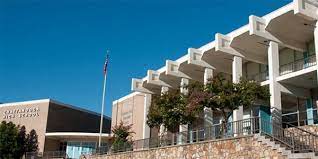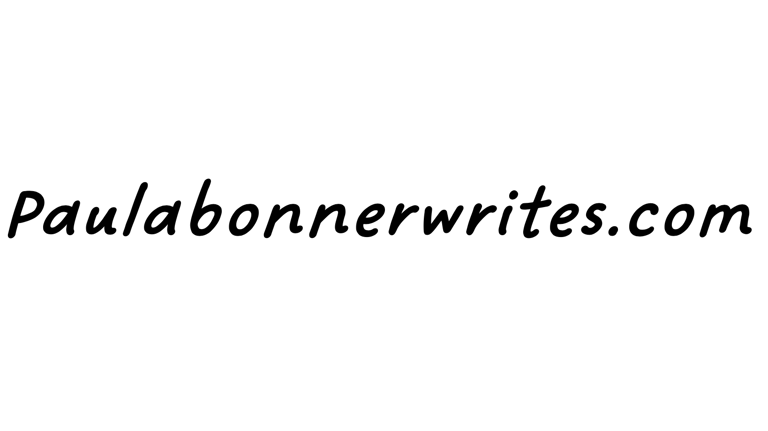Add your promotional text...
Two Cases for Academic Freedom
As a tenth grader I had an English Class where the teacher determined the curriculum. As a tenth grader Humanities teacher I determined the content. In both cases the student benefited.
2/17/20254 min read


A Brave New World
10th grade brings back fond memories of high school:
· Band allowed me to go to the school a month early and it gave me a head start with high school. I was good enough with the Trumpet to compete for higher chairs with upper classmen and earned their respect. Post game gatherings at a local pizza joint made high school come alive.
· Once classes started, I felt comfortable with the academic load, joined the Key Club, and had new friends join old ones. In the mid-1970s service clubs at Chattanooga (City) High School had a fraternity-like feel. There was hazing that we rarely see now. In the spring we had what was called a House Party. It culminated with sophomores initiated by a “red belly.” It was painful but I had a great weekend that ended a good year.
· My academic success continued from 9th grade. I did well my first semester in biology and was asked to compete in the district science fair. I intended to use electric shock to teach the mice through a maze, but the aluminum foil never worked. I finally decided to try static sound from radio frequencies. I put in significant hours to try and get this to work culminating in an all-nighter with a 1920s Royal typewriter at about twelve words a minute. I started with ten mice. At one point I had a many as 36 mice that I kept in glass aquarium in my bedroom. My biology teacher was not pleased with my results, but somehow, I earned an award at the fair. We then delivered 24 mice to the local university. Mice are cannibals and noisy ones at that.
A Determined Confidence
My tenth-grade year helped me develop the confidence needed to participate and excel. That year City High tried something new by setting up exploratory English classes in the fourth quarter. I was lucky enough to get in a class where we read Future Shock and The Greening of America. Most in this class were seniors and I was confident enough to give my opinions. I loved the teacher who challenged our preconceptions and validated our conclusions. This helped me determine that I wanted to make a difference in this world.
_____________________________________________________________________________________________
Art was like breathing for me.
I continued to draw and paint on my own but did not get the benefit of working with other young artists in an art class due to my college prep schedule. Art was like breathing for me. The summer after tenth grade, my parents took my little sister and I to Europe. My exposure to Gothic architecture and European culture would have a significant impact on my academic future.
A Familiar Place and A Welcomed Challenge
After 13 years as an art teacher and coach at Eastway Junior High School I finally got my shot to teach and coach at Garinger High School in 1995. The three years prior to teaching at Garinger, I helped coach cross country there. Therefore, I knew some of the athletes and because Eastway was a feeder to Garinger I knew many in the student body. The familiarity helped the transition.
_____________________________________________________________________________________________
Humanities provided an opportunity to apply what I knew and to learn
a great deal more.
I also taught Humanities World History to tenth grade honor students. I took History and Political Science classes while an undergraduate along with art history. I continued to read a great deal of history after graduating. Humanities provided an opportunity to apply what I knew and to learn a great deal more. High stakes testing was new at that time. However, there was no test yet developed for World History which allowed provided flexibility in my approach to the curriculum. Humanities was a natural extension of an academic philosophy connecting student interest to academic success.
History and Human Endeavor
I did not teach history from a chronological perspective. My approach was thematic. I determined I would present the world through the broad concepts of Culture, Creativity, Conflict and Conscience. In each category I had students seek evidence of human application from a variety of world cultures. I used such sources as Mitchener’s The Source, Dante’s Inferno, and the movie Amadeus to name a few. I taught from the Old Testament book of Isaiah and introduced Buddhism through the film Little Buddha. I felt as if I was learning as much as the students and was profoundly motivated by the work. I was courageous, or clueless, enough to teach a comparative religions unit. When I described the distinction of a first and second Isaiah in the Old Testament, I was question by a parent that said Isaiah was one book in the Old Testament. I was fortunate that this parent, a Presbyterian minister, followed a tradition more in keeping with my Episcopal take on Biblical scholarship. Crisis averted.
____________________________________________________________________________________________
Pedagogical autonomy is what is required to allow teachers to motivate
student inquiry in the American classroom.
My experience as an art and humanities teacher encouraged a significant belief in the importance of academic freedom. My experience with my tenth grade English class confirmed this perspective. The education establishment’s centralized rigid dedication to literacy and college preparatory curricula over the last three decades has devalued the importance of content and limited teacher agency with subject matter. Pedagogical autonomy is what is required to allow teachers to motivate student inquiry in the American classroom. The authenticity of a teacher’s content knowledge and enthusiasm draws students into inquiry. Public schools will continue to struggle if teachers are not allowed to determine the curricular focus.
© Paul A Bonner
